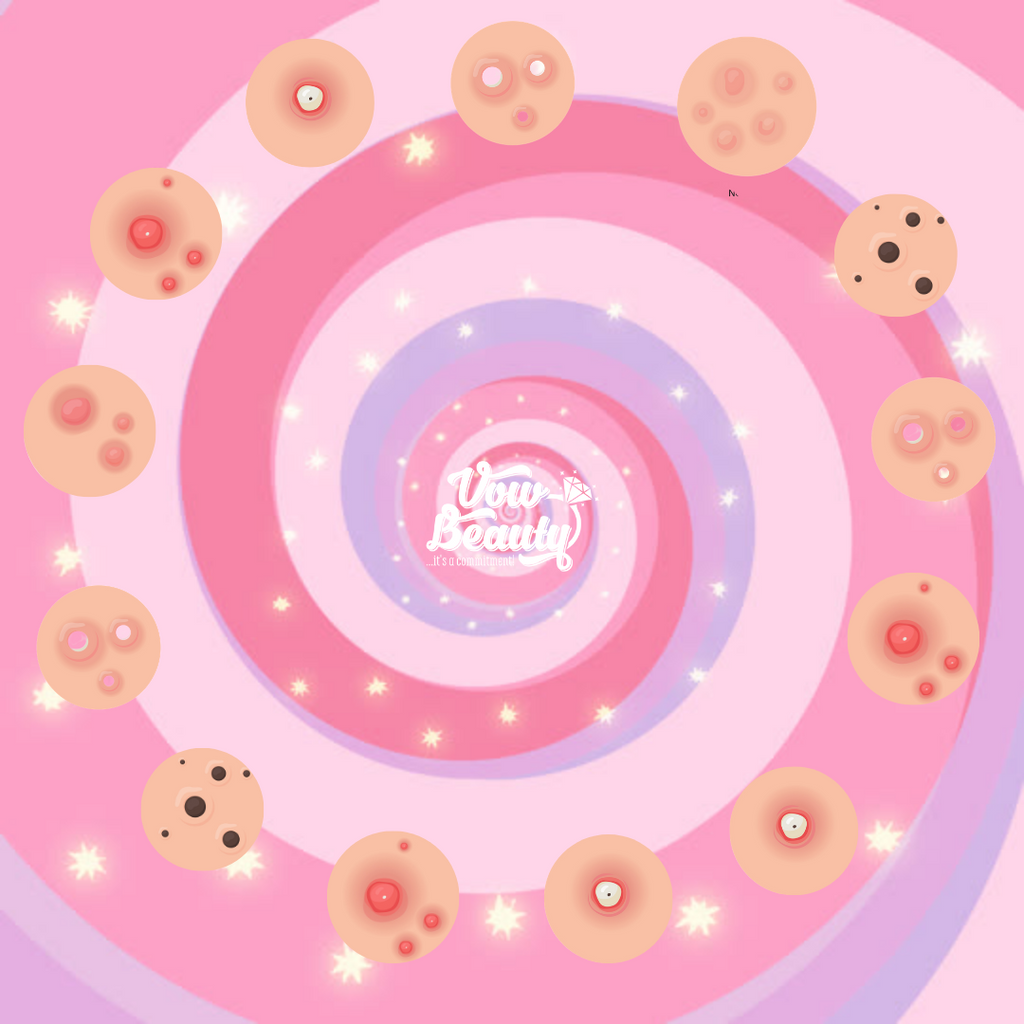-
How To Do A Skin Care Patch Test 💖
📣 PSA! Before introducing a new active ingredient skincare product to your routine, you should perform a patch test. This rule applies even if you don't normally have sensitive skin! 🤓 Apply the product to a discreet area- like inside your wrist, elbow or behind your ear & monitor the skin for the next 24 hours - looking out for irritation and skin redness.... -
Mouth 🔗 Skin Connection
Poor oral health can not only cause tooth disease and decay, but also trigger skin irritation and breakouts. Bacteria in the mouth that stems from an infection or an abscess can enter the bloodstream- affecting other parts of your body, namely your skin! Always prioritize mouth health and...those annoying but necessary six month check-ups! 😬🦷🪥 -
Can Skincare Cause Acne? 🤓
Can skincare products cause acne? When a new active ingredient that increases skin cell turn-over rate is introduced to your routine, it can trigger skin purging - a process that pushes unsightly blackheads, white heads and pustules that have developed below the skin's surface to the outermost layer of the skin. Purging typically lasts between 4-6 weeks (the length of one skin cycle) and... -
Ingredient Celebration: Niacinamide
A Procter & Gamble study found that 5% Niacinamide applied to the skin for 12 weeks resulted in reductions of hyperpigmentation, fine lines, blotchiness, skin redness, wrinkles and dullness. Find Niacinamide in our Happily Ever After Eye Gel at a concentration of 10% with skin brightening superstars Licorice, Turmeric, Lemon Peel and Algae Extracts. 💖💫 -
Can You Layer Retinol & Vitamin C? 🧐
Yes, but with precautions. ⚠️ Retinol is known for its ability to increase skin cell turnover rate and diminish the appearance of cystic acne, fine lines, wrinkles and uneven skin tone. While Vitamin C is a superstar antioxidant that improves skin texture and fights hyperpigmentation and free radicals. Although neither active cancels the other out, use of both at the same time can lead...










